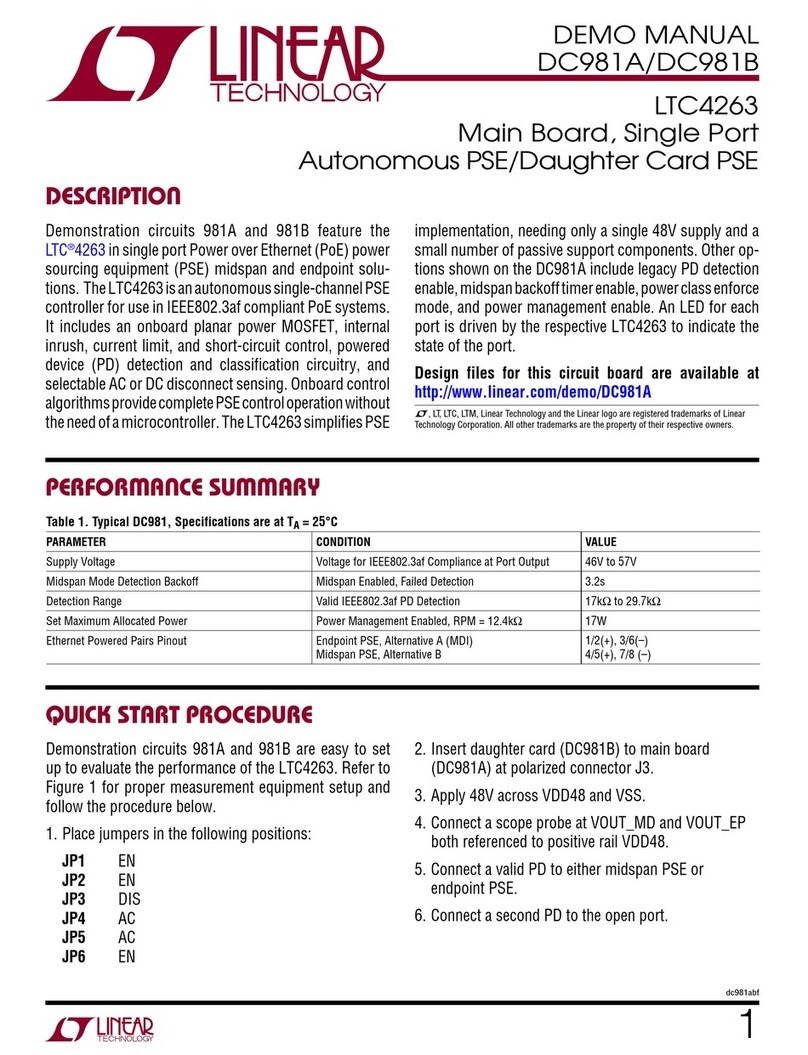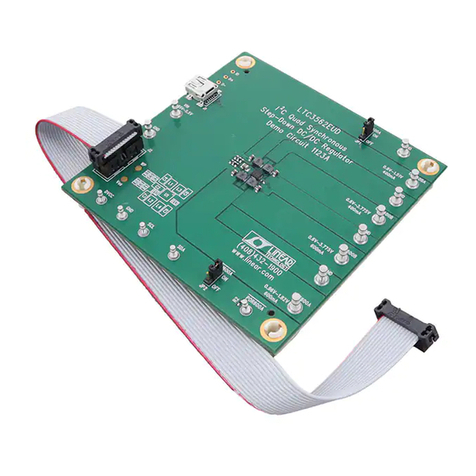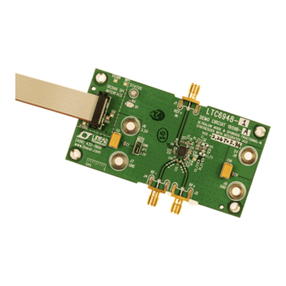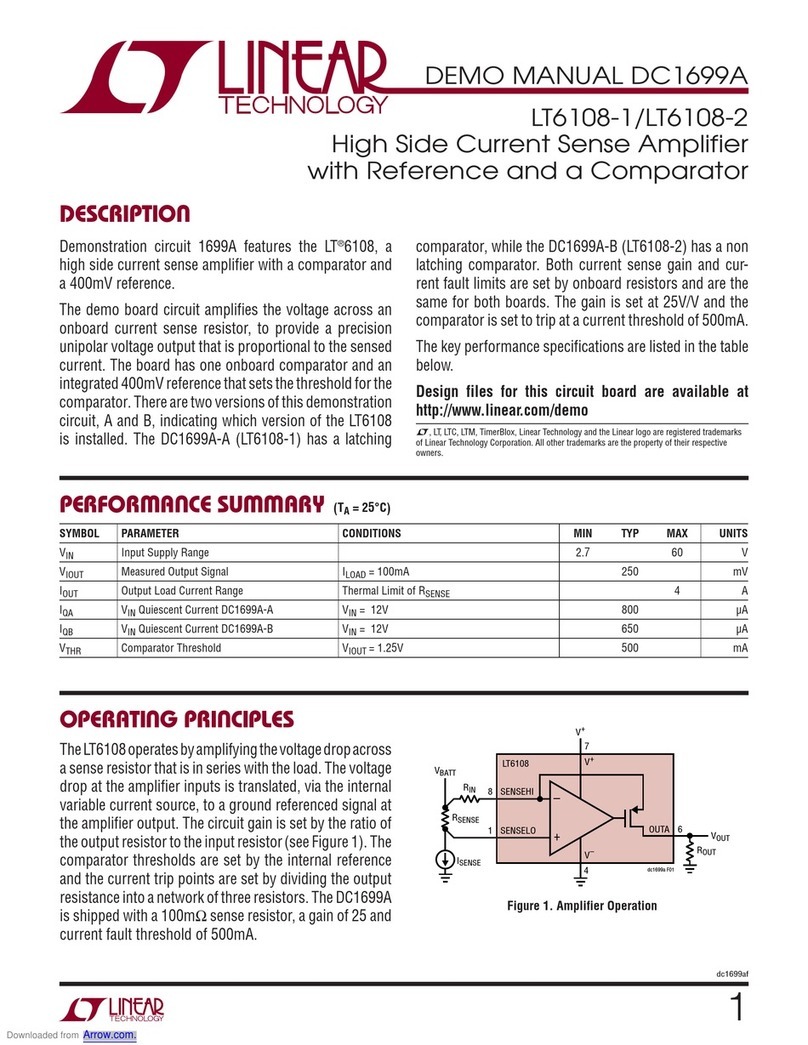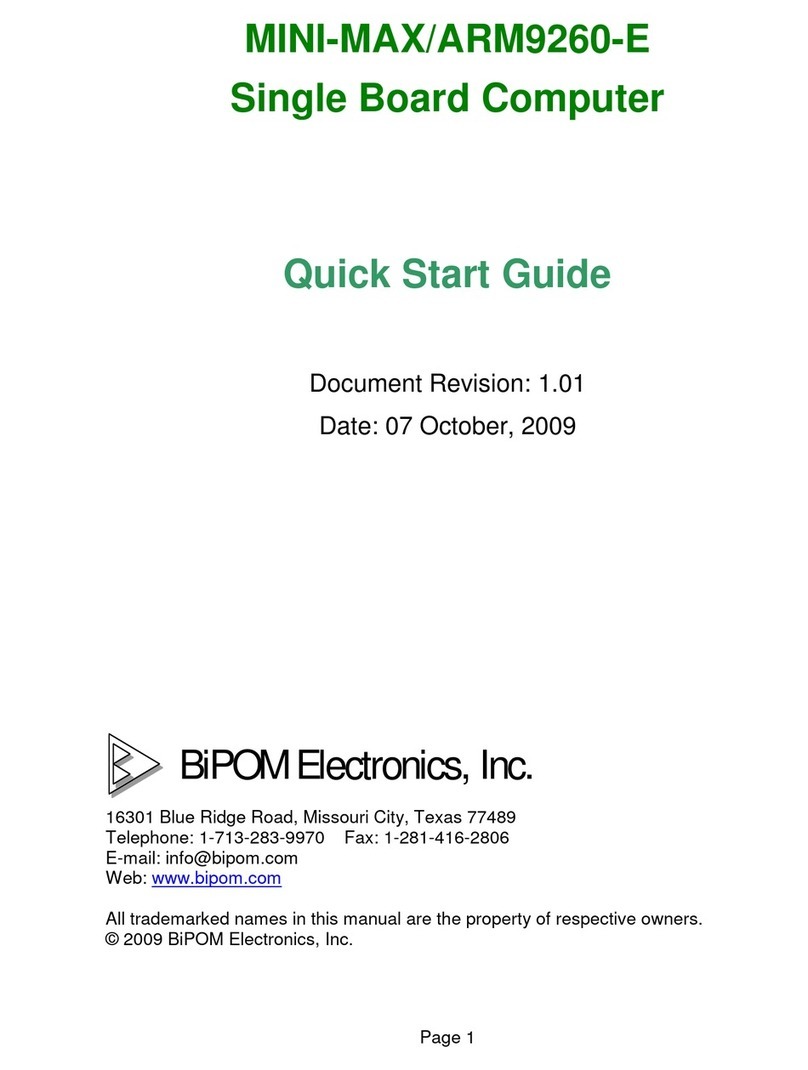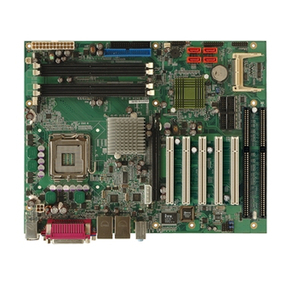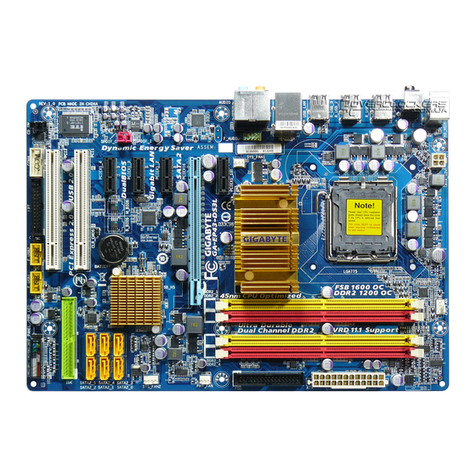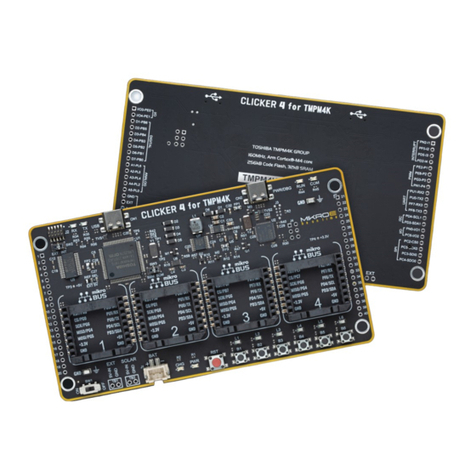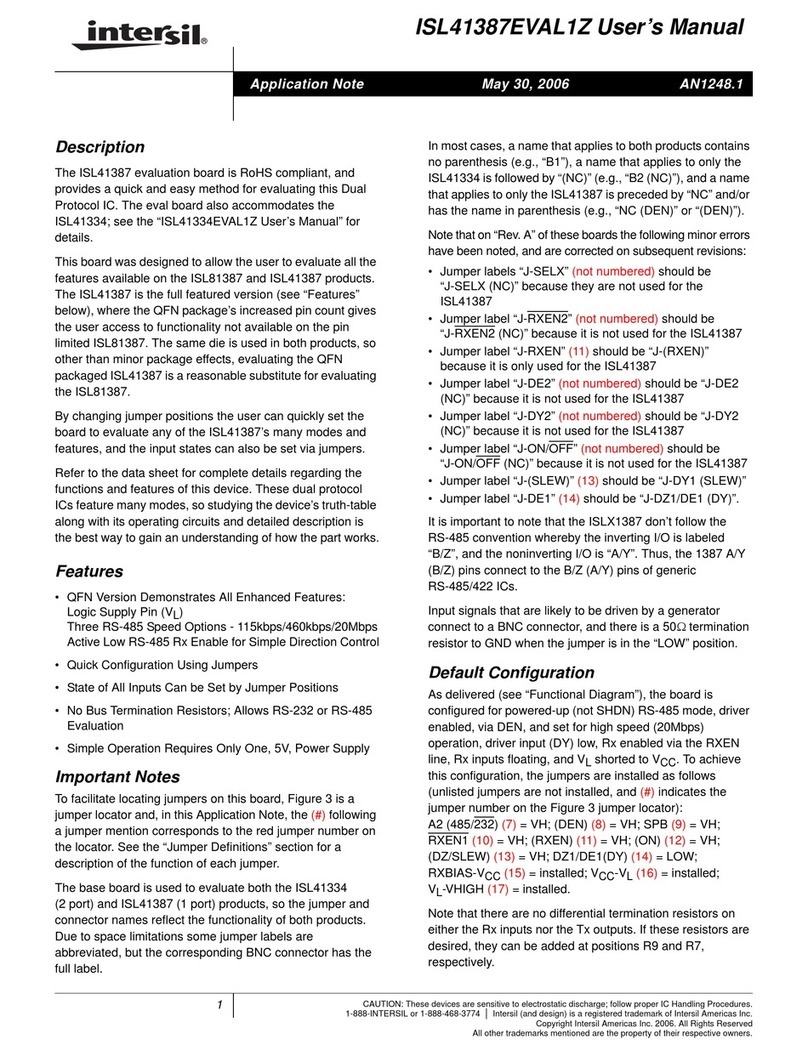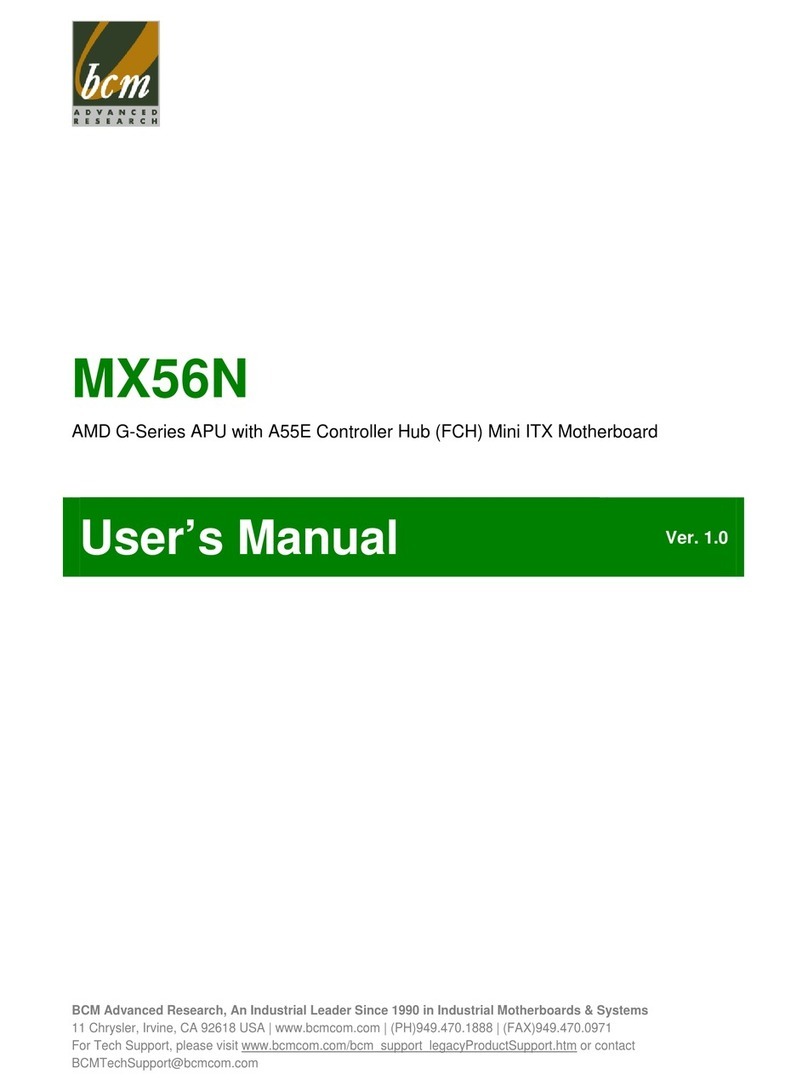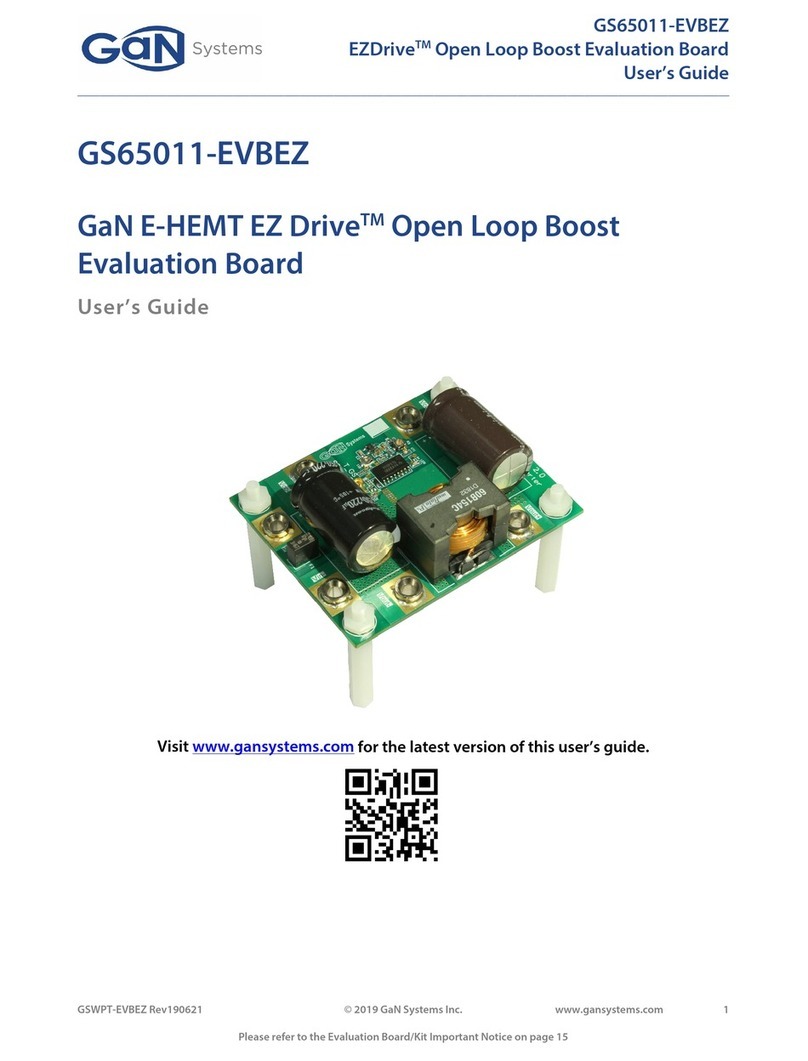Linear Technology DC708 User manual
Other Linear Technology Motherboard manuals
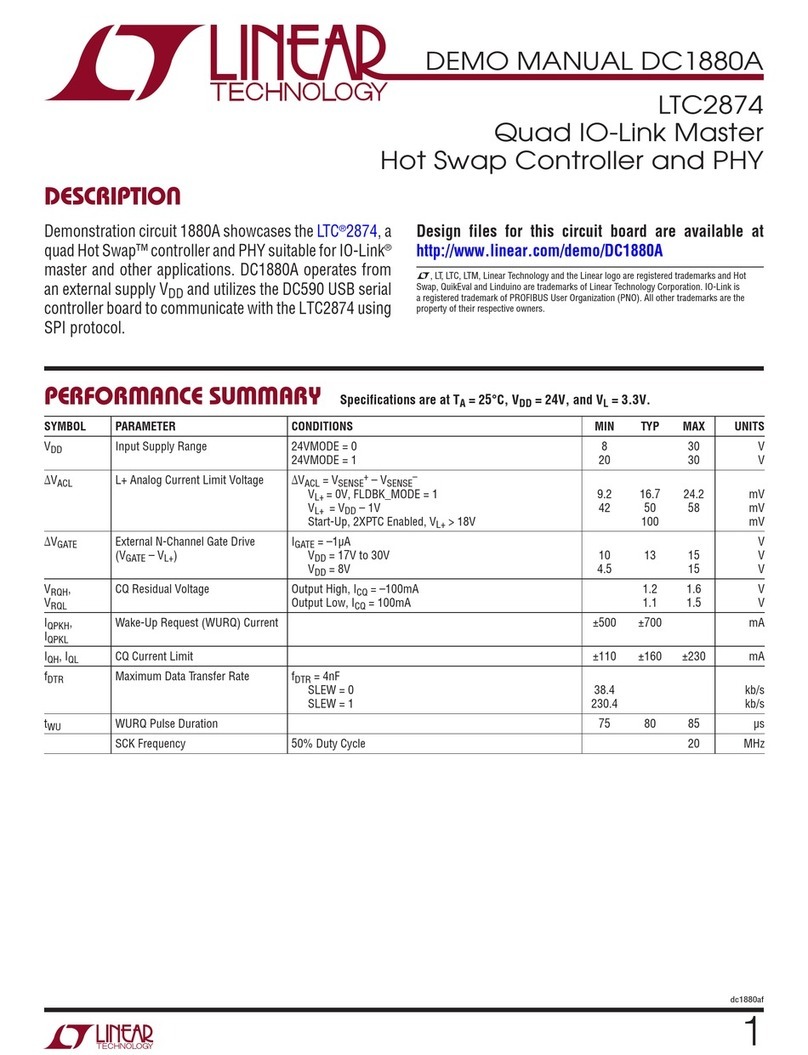
Linear Technology
Linear Technology DC1880A Quick setup guide
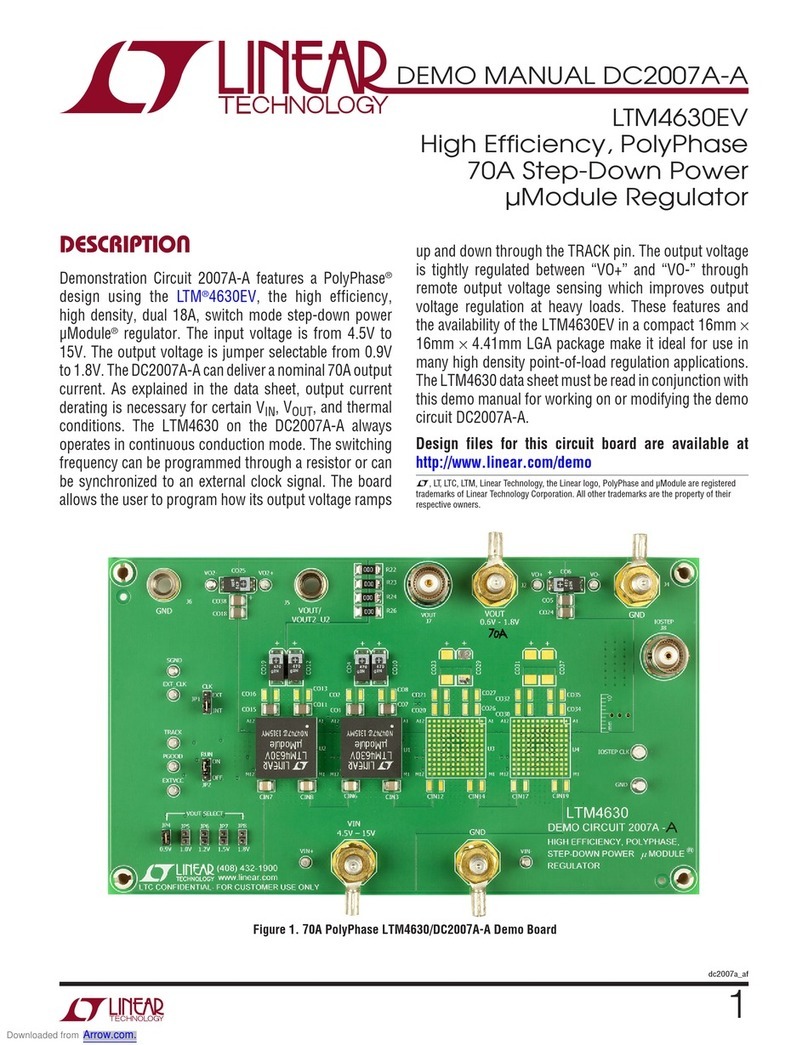
Linear Technology
Linear Technology DC2007A-A Quick setup guide
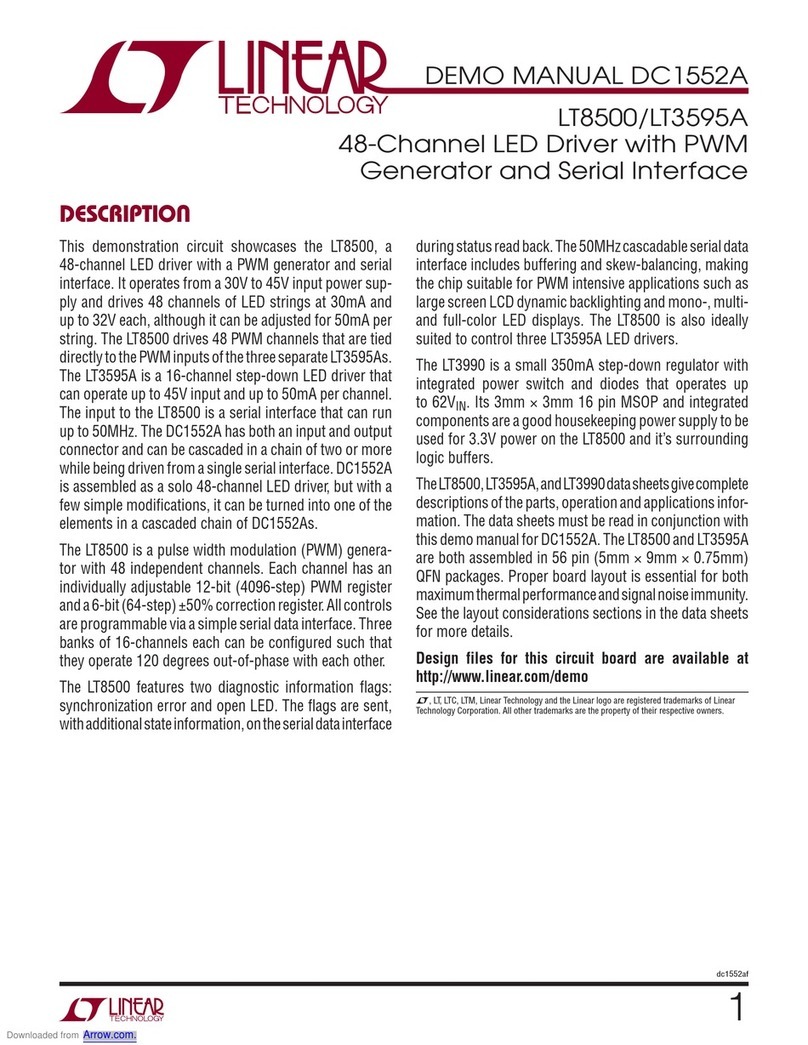
Linear Technology
Linear Technology DC1552A Quick setup guide
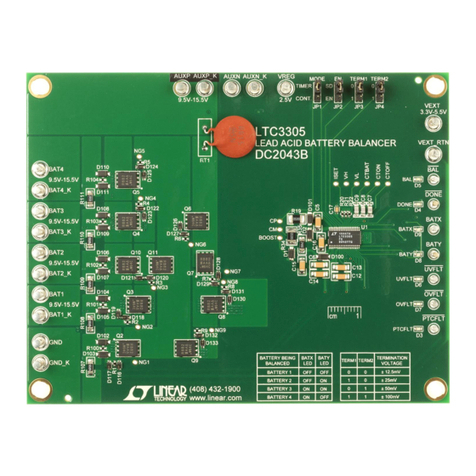
Linear Technology
Linear Technology DC2043B Quick setup guide
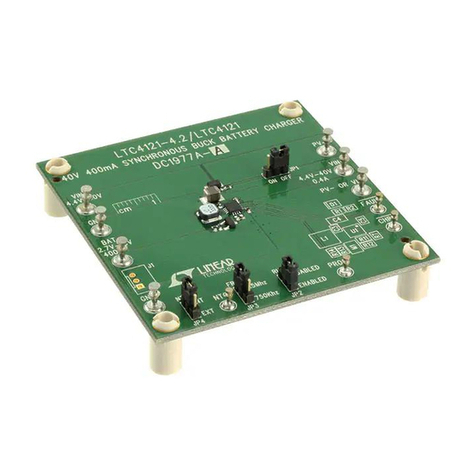
Linear Technology
Linear Technology DC1977A-A Quick setup guide
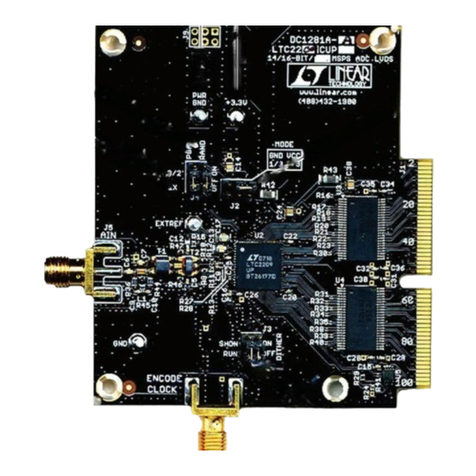
Linear Technology
Linear Technology DC1281A Quick setup guide
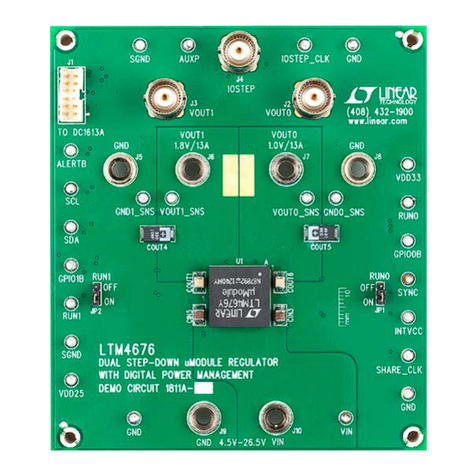
Linear Technology
Linear Technology DC1811A Quick setup guide
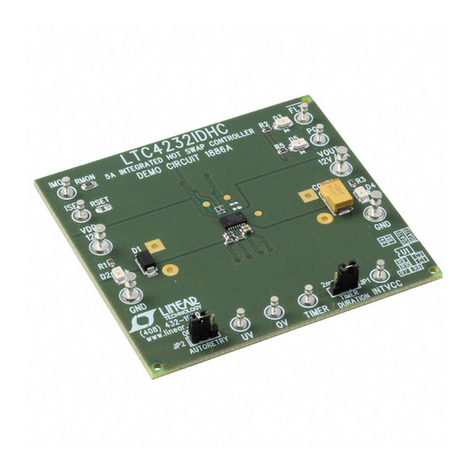
Linear Technology
Linear Technology DC1886A Quick setup guide
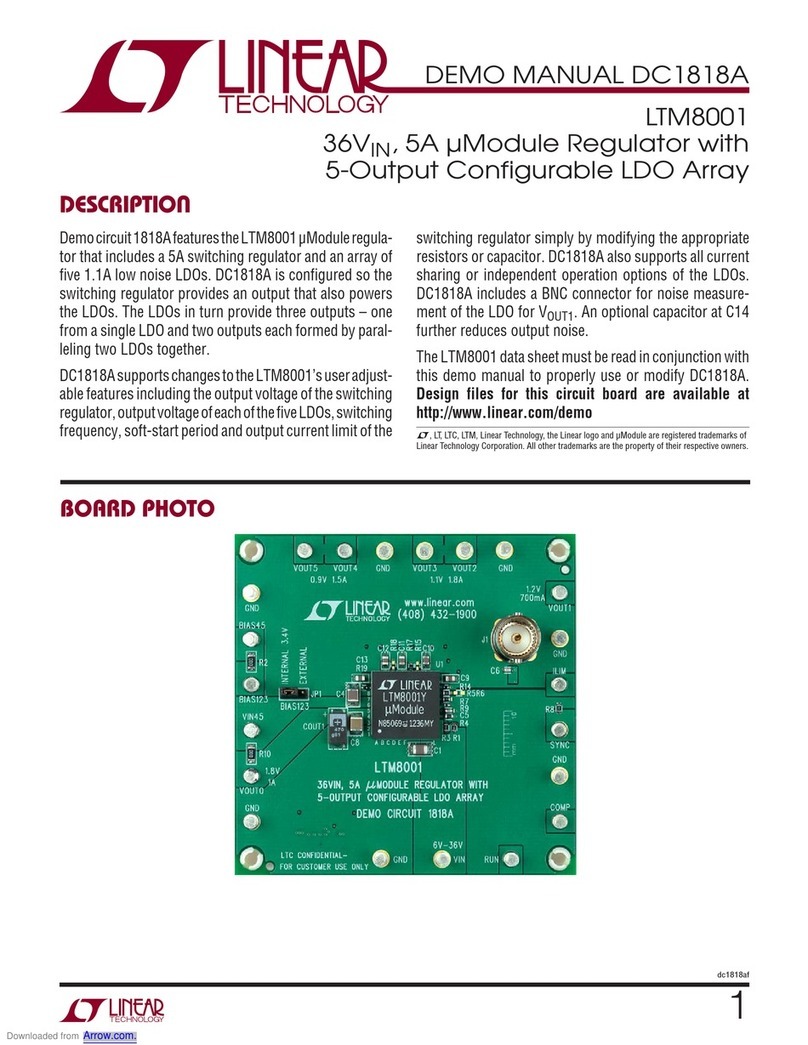
Linear Technology
Linear Technology DC1818A Quick setup guide
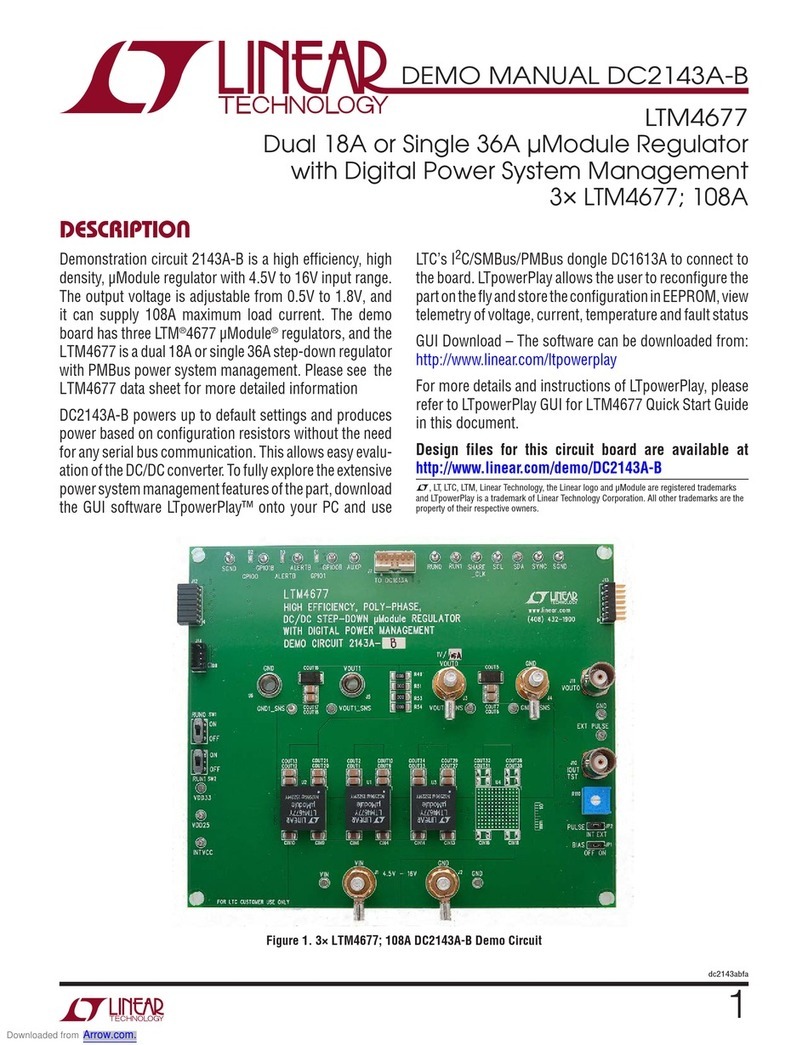
Linear Technology
Linear Technology DC2143A-B User manual

Linear Technology
Linear Technology DC250A User manual
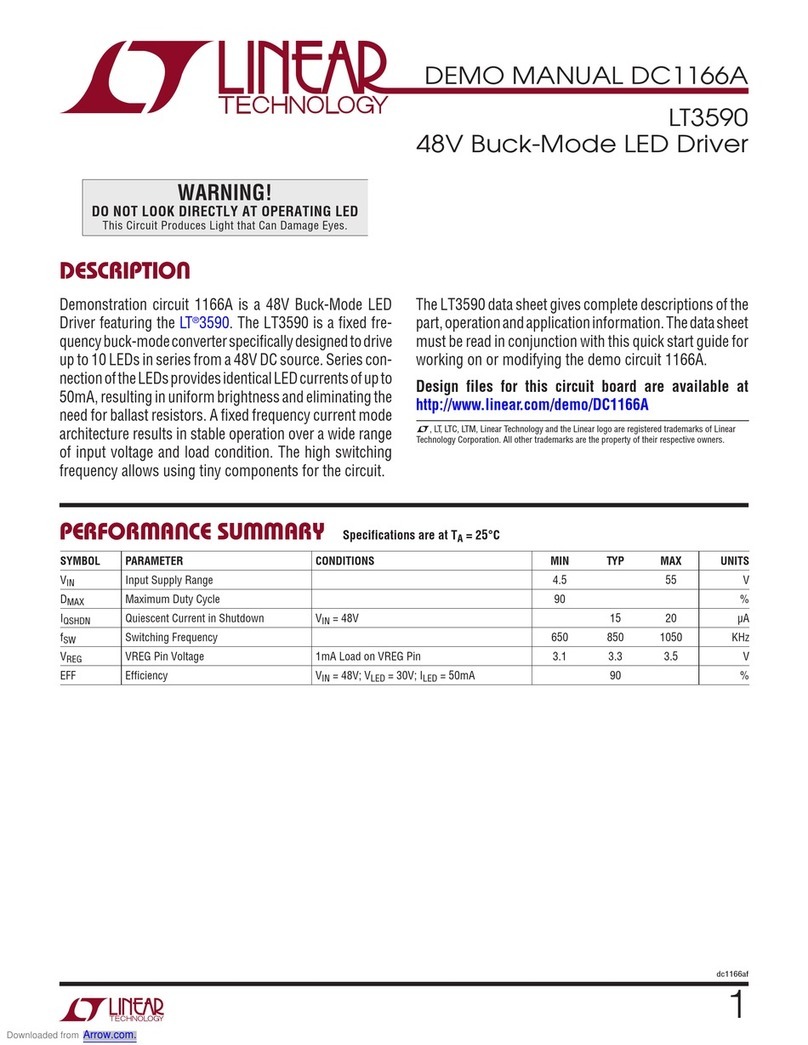
Linear Technology
Linear Technology DC1166A Quick setup guide
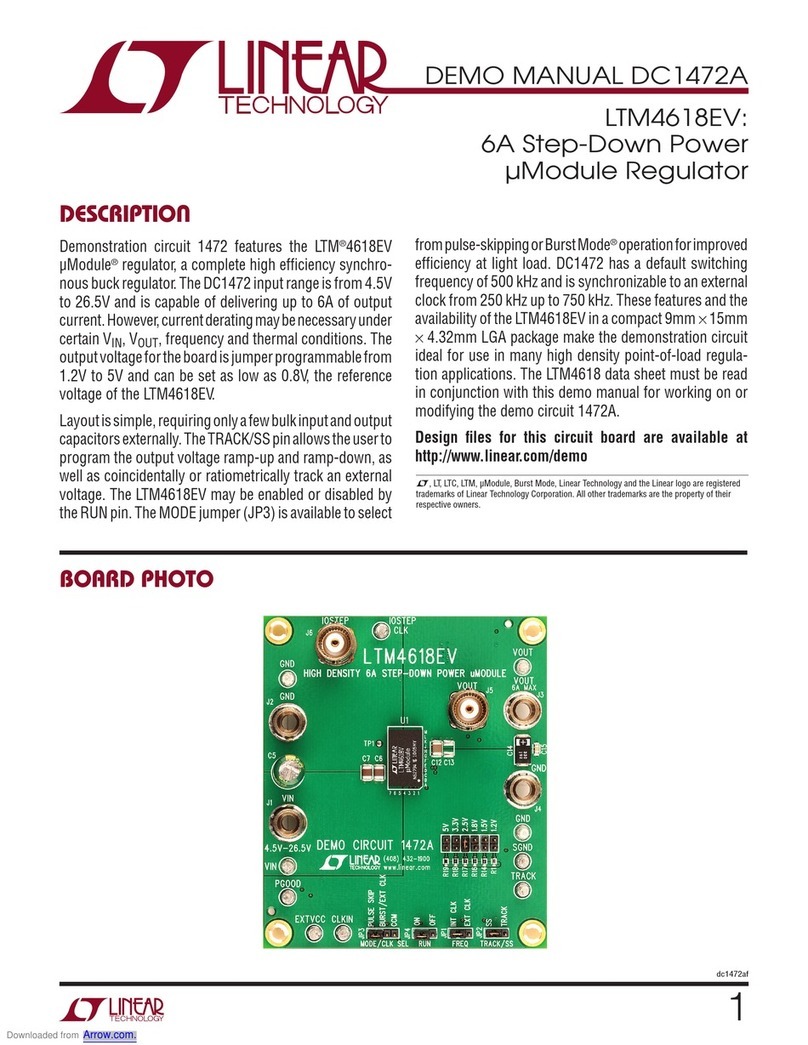
Linear Technology
Linear Technology DC1472A Quick setup guide
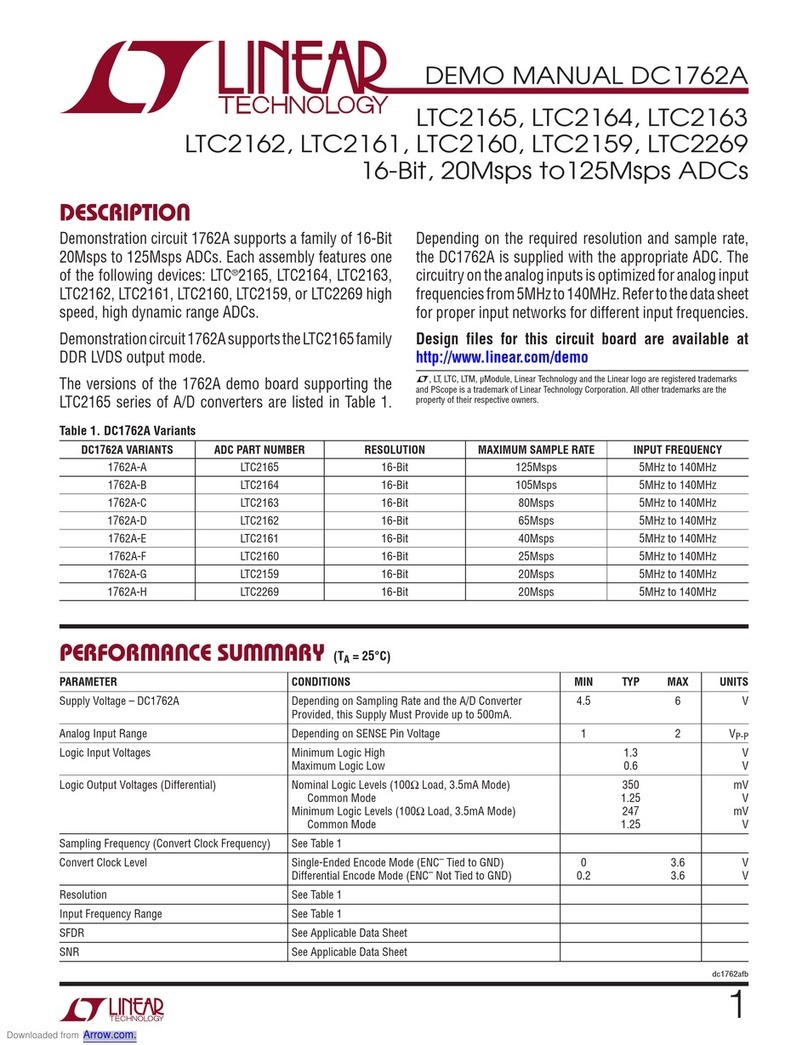
Linear Technology
Linear Technology DC1762A Quick setup guide
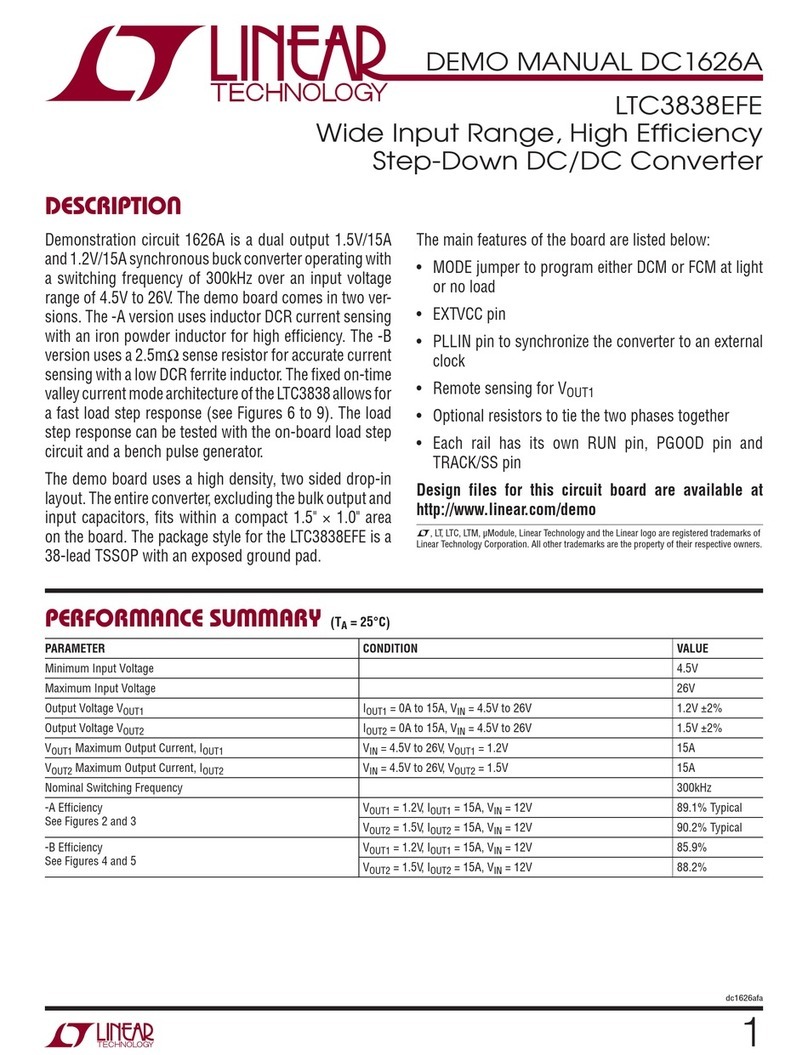
Linear Technology
Linear Technology DC1626A Quick setup guide
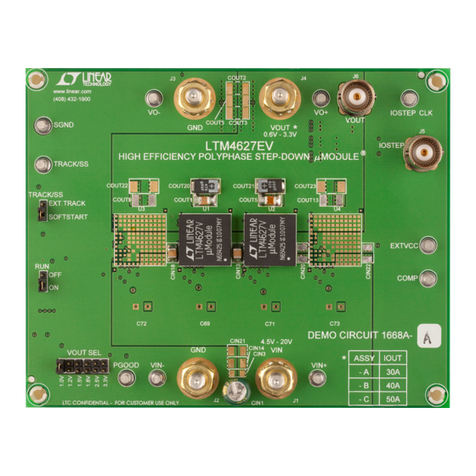
Linear Technology
Linear Technology DC1668A-A Quick setup guide
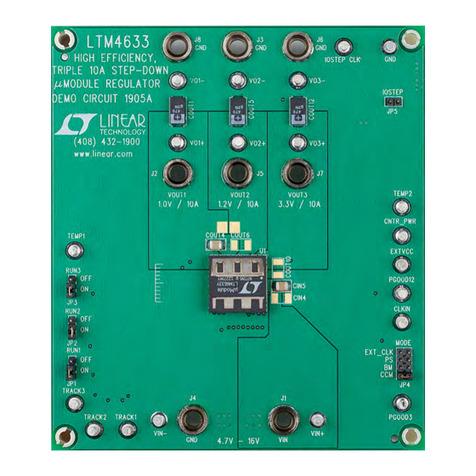
Linear Technology
Linear Technology DC1905A Quick setup guide
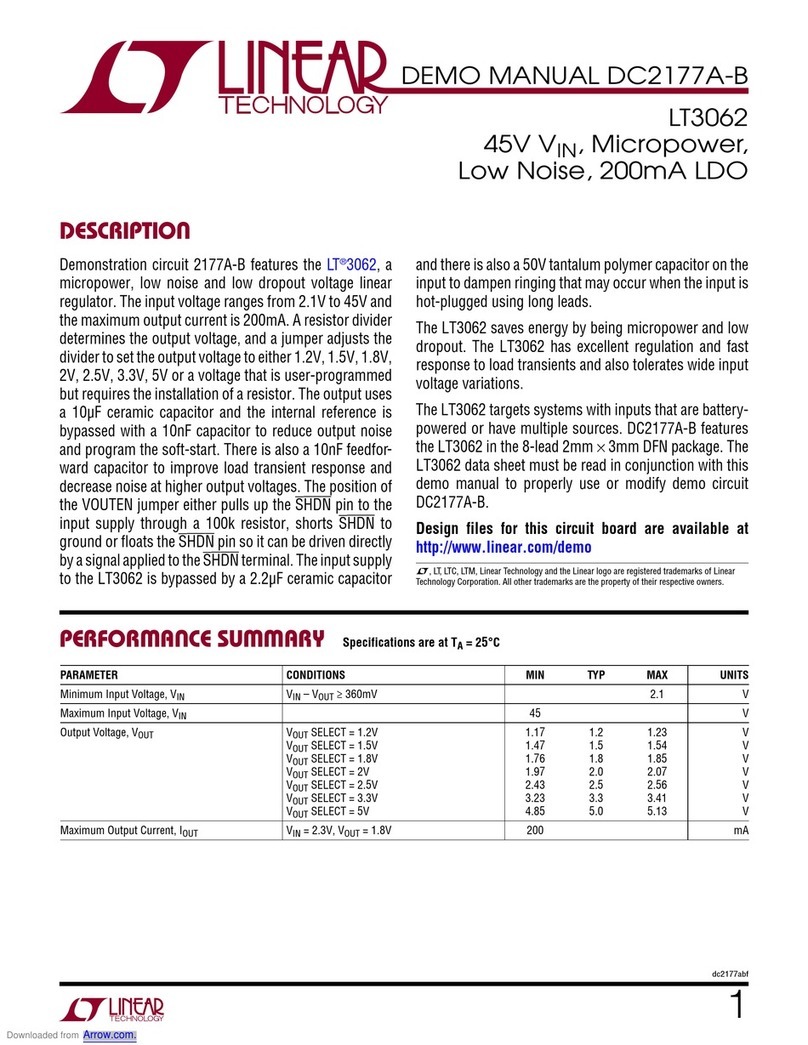
Linear Technology
Linear Technology DC2177A-B Quick setup guide
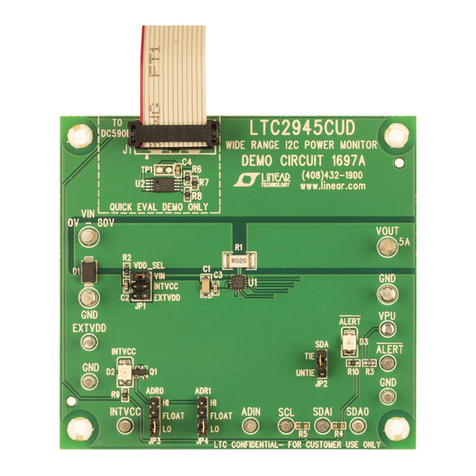
Linear Technology
Linear Technology DC1697A Quick setup guide
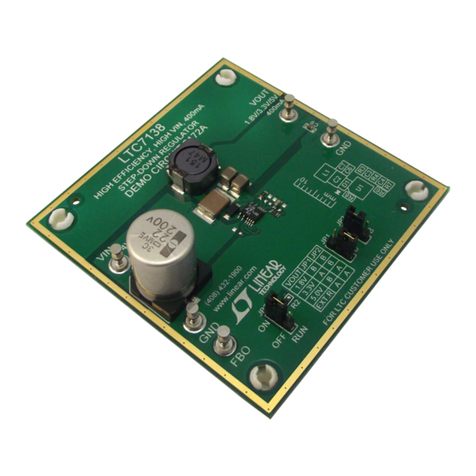
Linear Technology
Linear Technology DC2172A Quick setup guide
Popular Motherboard manuals by other brands
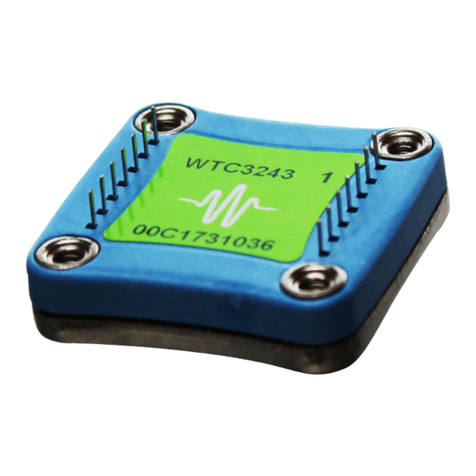
Wavelength Electronics
Wavelength Electronics WTC3293 DATASHEET AND OPERATING GUIDE

Quantum Research Group
Quantum Research Group QWheel E510 user manual
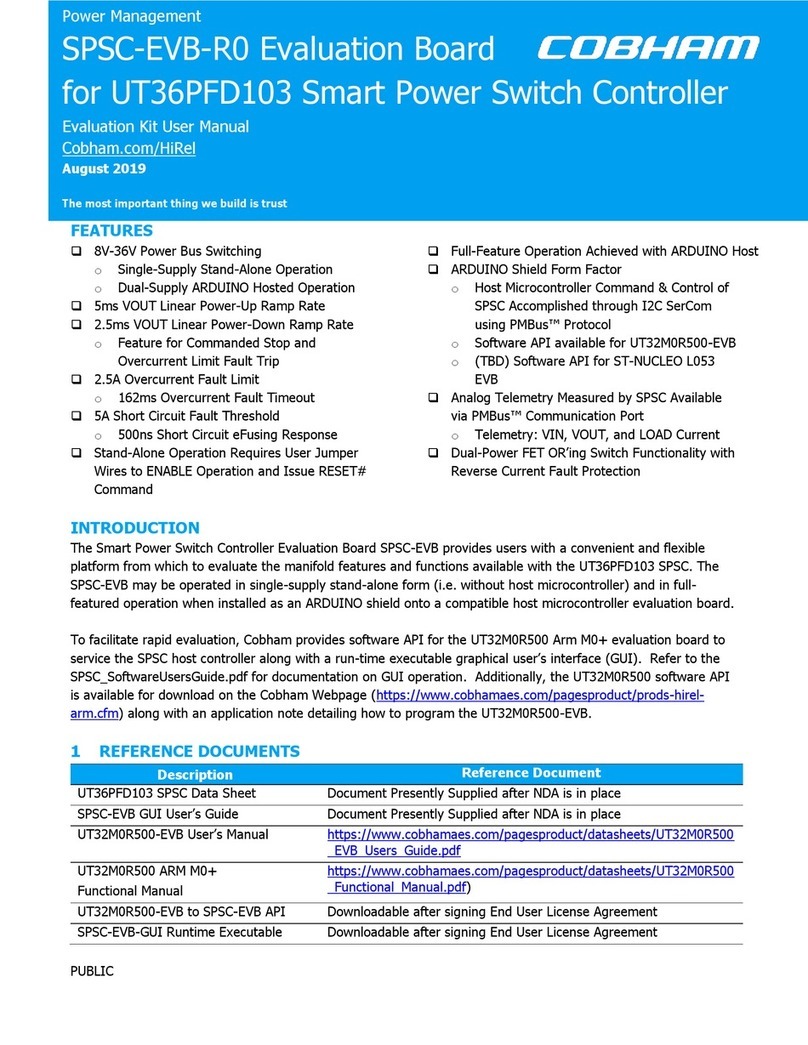
COBHAM
COBHAM SPSC-EVB-R0 user manual
Lattice Semiconductor
Lattice Semiconductor LIFCL-40-EVN user guide
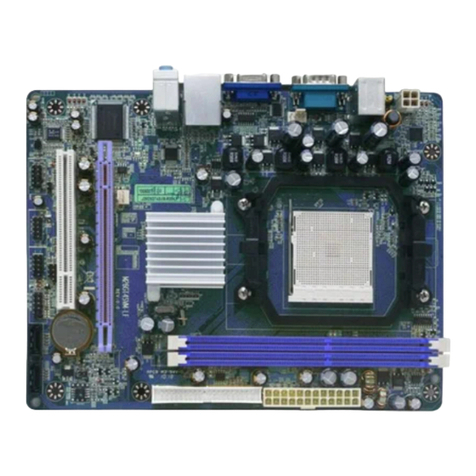
JETWAY
JETWAY M26GT4SVM user manual
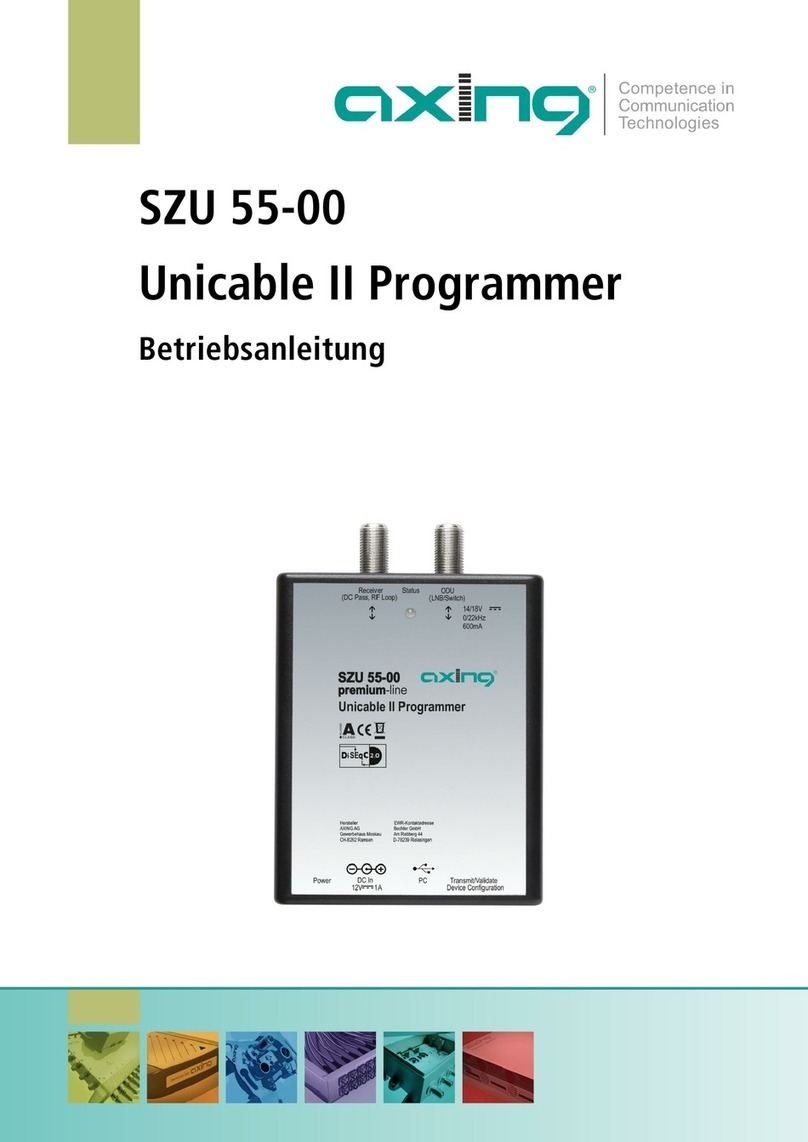
axing
axing Premium-line SZU 55-00 Unicable II... Operation instructions






